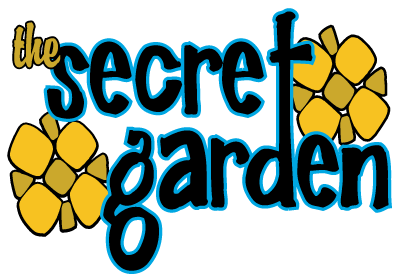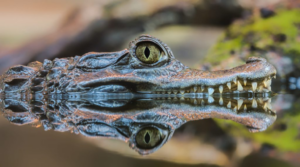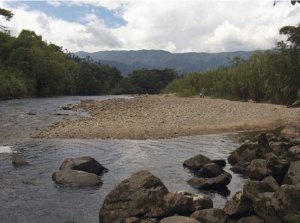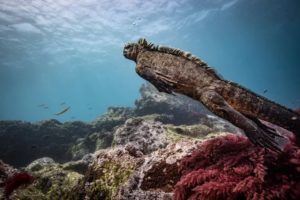Otavalo, the cultural hub of Kichwa people, is known for its history, tradition, and commercial activity. The town’s cultural richness is a testament to the high levels of organisation and production of its people since the Inca and colonial times. Otavalo is an intercultural community that manifests its folklore in every corner. The inhabitants proudly and elegantly wear their traditional garments that are mostly made by themselves. These clothes are embroidered with intricate details on ponchos, blouses, anacos, skirts, and sashes and are known for their symbolism.
The Otavalo community is located in the province of Imbabura and is divided into the urban parish of Otavalo and the rural parishes of El Jordán, Eugenio Espejo (Calpaquí), San Juan de Ilumán, San Luis, San Rafael, Miguel Egas Cabezas (Peguche), González Suárez, San José de Quichinche, and San Pablo of the Otavalo canton. In the Cotacachi canton, Otavalos reside in the parishes of El Sagrario, Imantag, Quiroga, and San Francisco. In the Ibarra canton, they live in the parishes of Ibarra, Sagrario, and Ambuquí. Finally, in the Antonio Ante canton, they are in the parishes of Andrade Marín, San Francisco de Natabuela, and San Roque.
Organisation of the Otavalo Community
The Otavalos, like the Kichwa nationality, are mostly organised into communities whose primary cell is the monogamous family. They form family unions such as Catholic marriage, free union, or contractual marriage proposed by the state. These communities are organised by the right to land, by the defence of different forms of artisanal and commercial production. These organisations are considered first-degree organisations and can be urban and rural. They are linked and united with others, creating second-degree organisations such as FISI (Indigenous and Peasant Federation of Imbabura).
Economy
The economy of the Otavalos is primarily based on trade. More specifically, they engage in national and international trade of handicrafts, music, and tourism. Agriculture, on the other hand, is a smaller part of their livelihood. They produce ceramics in Rinconada and basketry in Rumipamba. The Otavalos have a long tradition of being merchants, and in the past, they were called “mindaláes”. They developed their activity under cacical control and were subject to the payment of tributes in gold, blankets, and white bone chaquira.
One unique aspect about the Otavalo people is that they were skilled weavers. While many indigenous communities had knowledge of textiles, they mostly created items for personal use. In contrast, the Otavalo people rely on textile production as their primary source of income from selling at markets.
Traditional Attire
One of the most distinctive things about the Otavalos is their traditional clothing. Men wear a cotton shirt and wide trousers to mid-leg, along with a heavy dark blue wool poncho, a wide-brimmed felt hat over their combed braid, and cloth sandals with rope soles. Women wear a shawl knotted at the forehead over a white embroidered blouse. They also wear two overlapping woollen skirts wrapped at the waist and fastened with handmade belts. In addition, they comb their hair in a single braid, which they cover with a mantilla.
The clothing is beautiful and striking, but what stands out most is its symbolism. For example, the men’s ponchos are made in the shape of Andean mountains. The fachalina used by women is placed on one side when the woman is single and in front when she is married. Currently, the world recognises the beauty and identity of these garments, which are sold in the famous “Plaza de los Ponchos,” located in the centre of Otavalo and recognised as the “largest indigenous market in Latin America. There it is possible to find a variety of textiles and leather garments, as well as handicrafts from different parts of the country at affordable prices. The beauty and identity of these garments have gained worldwide recognition.
Cuisine
Aside from clothing, the Otavalo people are known for their traditional cuisine, which is rich in grains such as morocho, quinoa, chuchuca, corn, and peas. The family kitchen in Otavalo has always been known for good taste and particularities. Typical dishes include humitas (choclotandas), quimbolitos, and empanadas de morocho. In October and September, during the corn harvest, the Otavalo people prepare a fermented chicha with low alcoholic power called Yamor, made from the fermentation of the seven grains of corn. This drink is usually accompanied by a dish of fritada with mote, tortillas, and empanadas. On November 2, which marks “Dia de los Difuntos”, they serve champús, a corn flour colada with mote and pineapple, accompanied by bread guaguas, and prepare the so-called “mazamorra” with churos.
Worldview
To the Otavalo people, their worldview shades and gives meaning to all areas of life. It is expressed in their harmonious relationship between the universe, earth, and humanity (Pachamama, allpamama, runa) and the binary division of oppositions. They maintain a mystical relationship with hills, mountains, and lakes, with Taita Imbabura and Mama Cotacachi representing their beliefs. Similarly, lakes like Cuicocha or waterfalls like Peguche harbour waters used for purifying baths.
If you’re planning a trip to Ecuador, the unique characteristics and attractions of Otavalo should not be missed. Get to know closely its cultural attractions that awaken the interest of Ecuadorians and foreign tourists that the town receives every year.








